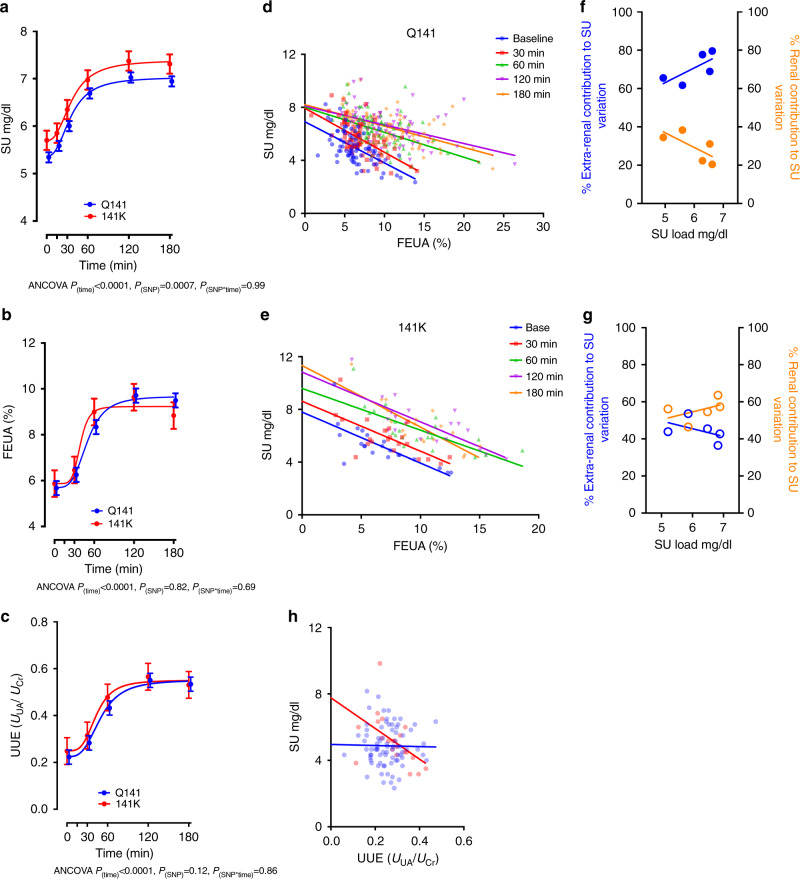Fig. 1. Human interventional study demonstrates significant alterations in urate handling in individuals with the 141K allele.
Effect of ABCG2 genotypes (Q141, n = 79 and 141K, n = 21 participants, Supplementary Table 1 for characteristics of participants) on a serum urate (p(time) < 0.0001; p(SNP) = 0.0007; p(SNP*time) = 0.99), b fractional excretion of urate (FEUA)(p(time) < 0.0001; p(SNP) = 0.82; p(SNP*time) = 0.69), and c urinary excretion (UUE = UUA/UCr)(p(time) < 0.0001; p(SNP) = 0.12; p(SNP*time) = 0.86) following inosine load to entire group (a–c, statistical analysis: two-tailed ANCOVAs adjusted for age, sex, BMI, and ancestry; ± standard error of the mean [SEM]). Effect of ABCG2 genotypes on dependence of SU on FEUA; each SU and commensurate FEUA measured at each of 5 time points plotted for each individual with the Q141 allele (d) or 141K allele (e) with linear regression fits (p < 0.0001 for all fits) extended until FEUA = 0. Plot of the percentage of SU variability due to renal (r2) or extra-renal (1−r2) urate handling across increasing urate loads for Q141 participants (f) or 141K participants (g). h Effect of ABCG2 genotypes on dependence of SU on UUE at baseline (time 0) plotted with linear regression fits (Q141 allele, p = 0.86; 141K allele, p = 0.02) extended until UUE = 0. Source data are provided as a Source data file.

